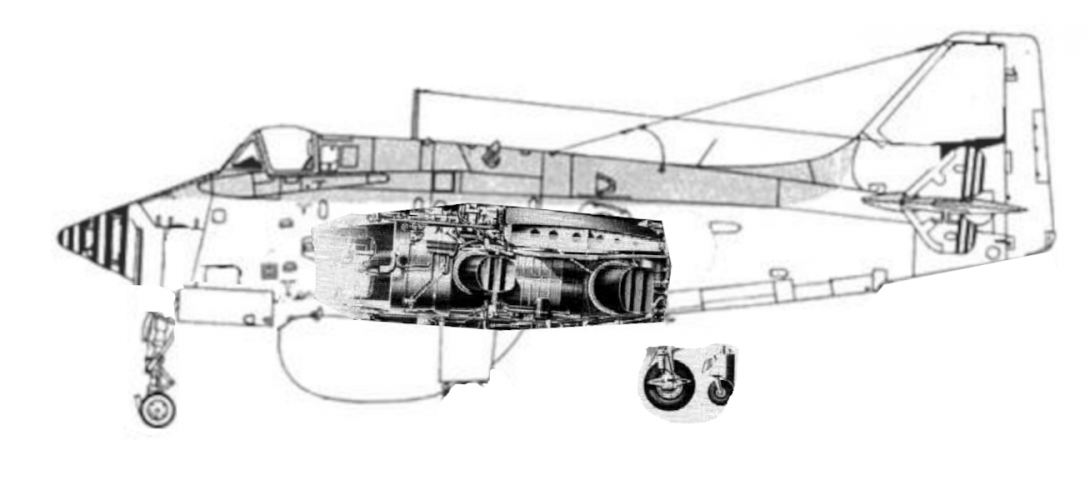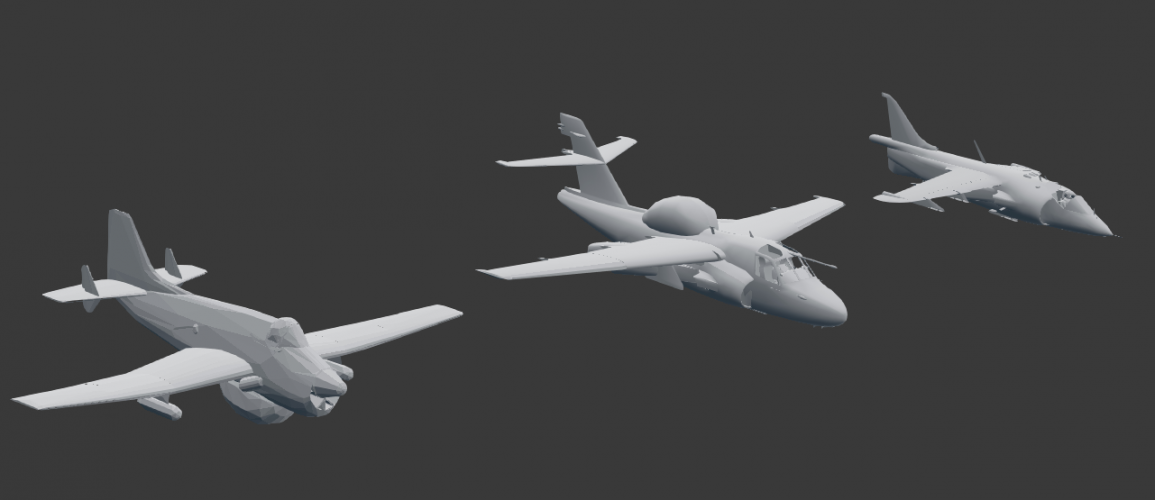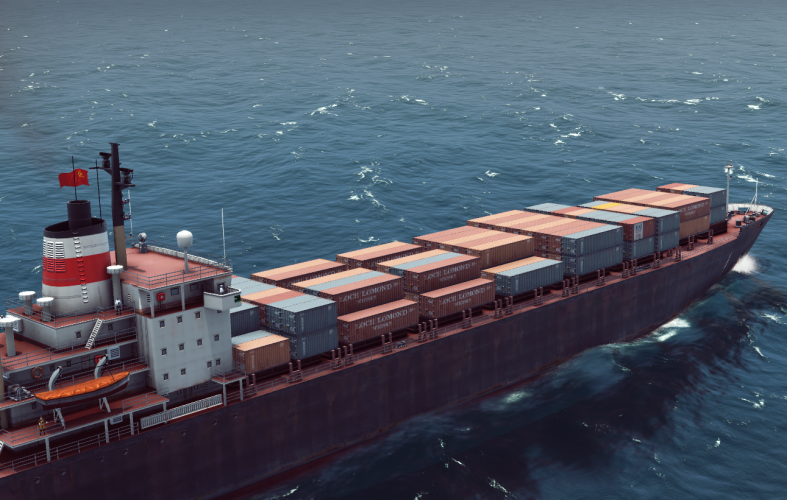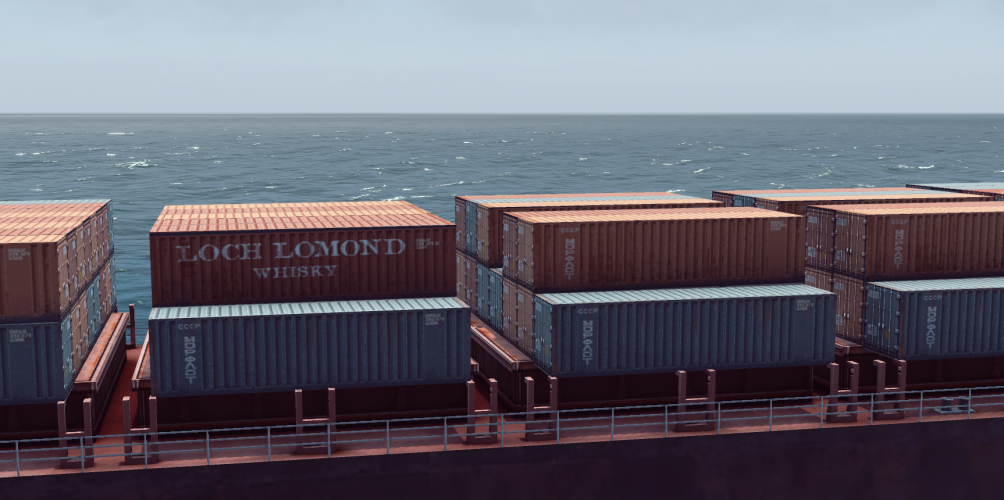No, more likely the US would keep making or converting real cruisers, so as to have Talos available for shorter-range AShM in addition to heavy SAM use. So all the old Baltimore-class cruisers and maybe earlier cruisers would get converted to Albany-class. Maybe even re-convert the Boston-class to Albany-class spec so they lose the forward 8" guns entirely, or maybe just rebuild the aft end for Talos like the Galveston-class. I would not go earlier than the 4 survivors of the Astoria/New Orleans class for cruisers to convert into Talos ships, and even they'd probably be really tight.
Even if you stuck with Baltimores and Oregon City class, it'd still give you 18x total hulls available to convert, 16x not counting the two Bostons. Looks like the USN kept 4x Baltimores (and the 3x Salem/Des Moines) in service as pure gun cruisers, so there'd be 14 hulls available to convert as either single-ended or double-ended missile boats.
The US made a lot more Light Cruisers than Heavy cruisers in WW2, but the Cleveland-class CLGs didn't work out well. Talos in particular was just too much topweight, but Terrier wasn't much better.
With RedUKRN on the other side (and some 5x larger), the USN would also need to have a roughly equal-sized enlargement(!).
It'd also end up in an interesting bit of internal politics. Pacific Fleet is the bigger, more important fleet in our timeline, but with a huge RedUKRN Atlantic Fleet would end up the more important role in the USN.
Worse than that. Every RN platform that NATO loses needs to be replaced, then countered. So (big handfuls) there's a deficiency of 140ish escorts, 40ish submarines, and 6-10 carriers, before adding in any expansion.
Well, there is a quick way for the US to boost its carrier fleet.
Of the 24 Essex-class carriers the USN kept and completed post-war, only 14 historically received angled decks etc - 7 with steam catapults for attack aircraft and 7 with improved hydraulic catapults for ASW aircraft.
1 received a modernization that did not include the angled flight deck, and was decommissioned in 1966 (CV-39).
1 received no modernization but received a "provisional" angle deck (smaller than the other angled decks were) to test the concept, then served as training carrier until decommissioning in 1963 (CV-36).
3 more received no modernization, but were used as LPHs from 1958-61 until 1969-70 (CV-21, 37, & 45).
3 were decommissioned 1958-60 without any modernization (CV-47, 32, &40).
2 were decommissioned in 1947 (CV-13 & 17).
That makes 7 more that could be given the full angled flight deck etc without touching the 3 LPHs (10 if those are used as well).
That would double the available ASW carriers, and with the increased threat provided by the RN and Red Britain there would certainly be a larger "self-defense" fighter complement aboard the CVSs than the original 4 x A-4s of the Vietnam era.
These could be A-4s fitted with air-air radar (see A-4B "Rudolph") or possibly 2-seat F9F-8 Cougars fitted with air-air radar (Grumman 1955 night fighter proposal) and J52 engines (1961 Grumman proposal for an advanced carrier trainer).
Or FJ-3 / FJ-4 Furies to provide daylight-only CAP so as to reduce the flight-load on the radar-equipped aircraft (the FJ-4 was 40 mph faster at all altitudes than the Cougar was).






